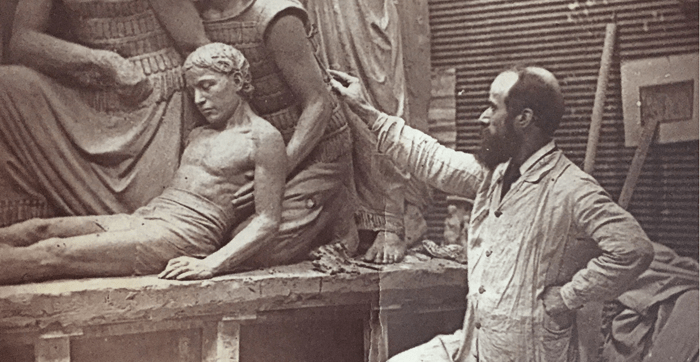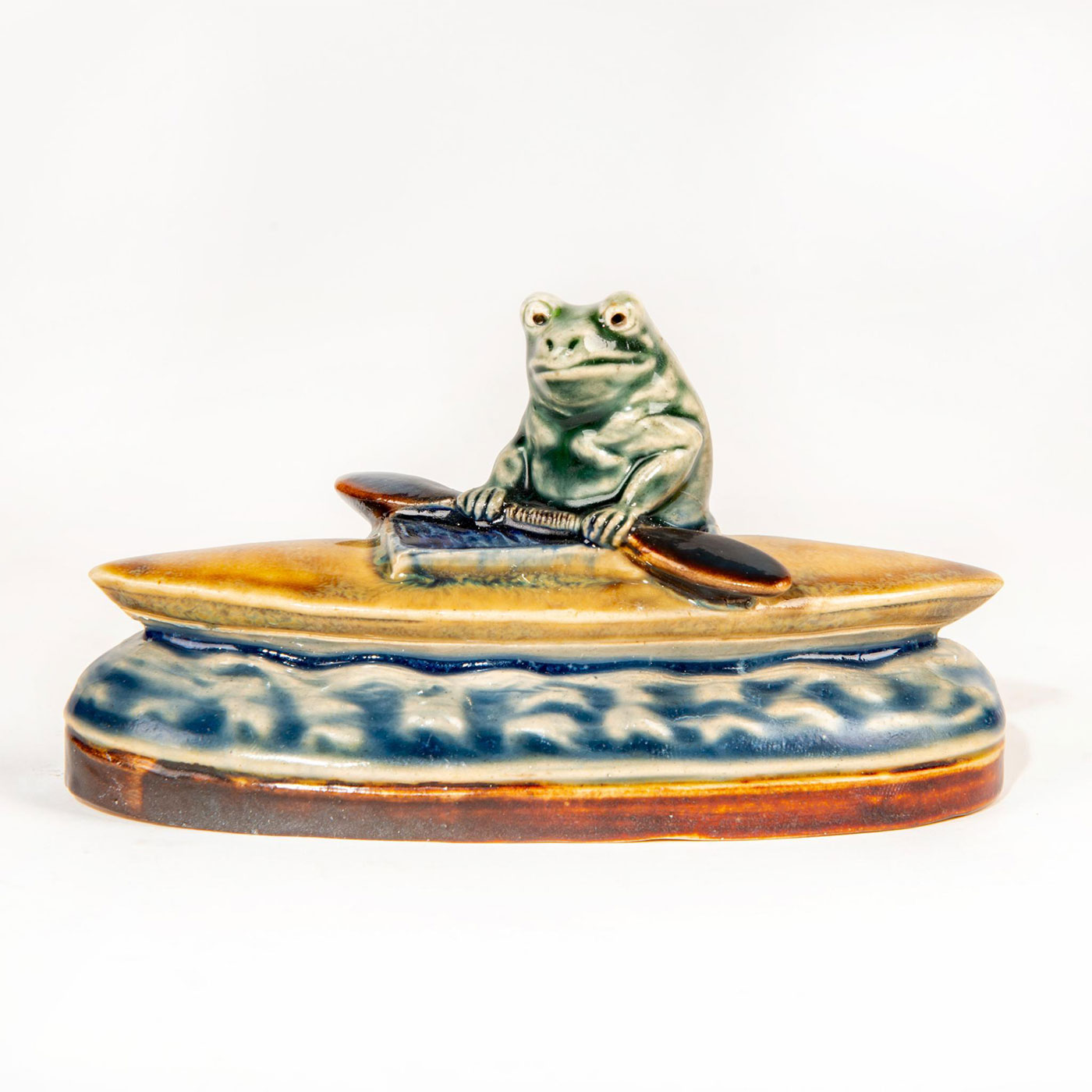Collector's Corner
George Tinworth: Lifetime of Greatness at Doulton

George Tinworth: Journey to Success
Upon first joining the Lambeth Pottery in 1866 until his death in 1913, George Tinworth was Doulton’s premier artist, visited and admired by the leading figures of the day, including British Royalty. Tinworth is best known today for his whimsical small-scale models of mice and frogs. However, during his lifetime he was better known for his religious sculptures and relief panels, often monumental in scale.
The son of a wheelwright, he was educated at home by his deeply religious mother. She instructed him in the scriptures, giving him biblical knowledge that would later provide him with inspiration for his terra cotta and statuary work.
George Tinworth: Shot to Shine at Doulton
In 1866, John Sparkes persuaded Henry Doulton to admit Tinworth, a particularly talented young student from the Lambeth School of Art, to work in his pottery. In the beginning, Tinworth designed water filter cases and modeled a number of large terra cotta medallions in a Neo-Classical style. These medallions impressed art critic, John Ruskin, who was instrumental in bringing Tinworth to the attention of the art world. Tinworth soon began decorating stoneware vases and jugs thrown by the factory’s potters.
The Terra Cotta Rembrandt
His early creations were first exhibited at the 1867 Paris Exhibition where critics praised the innovative developments in English art ceramics. A later exhibition in London proved so popular that the future of Doulton’s decorative pottery was assured and the Art Pottery Studio was expanded.

Lion and Unicorn in South Florida are a premier auction house that often offer an extensive collection of George Tinworth at Auction.
Click here to learn more. >>

















